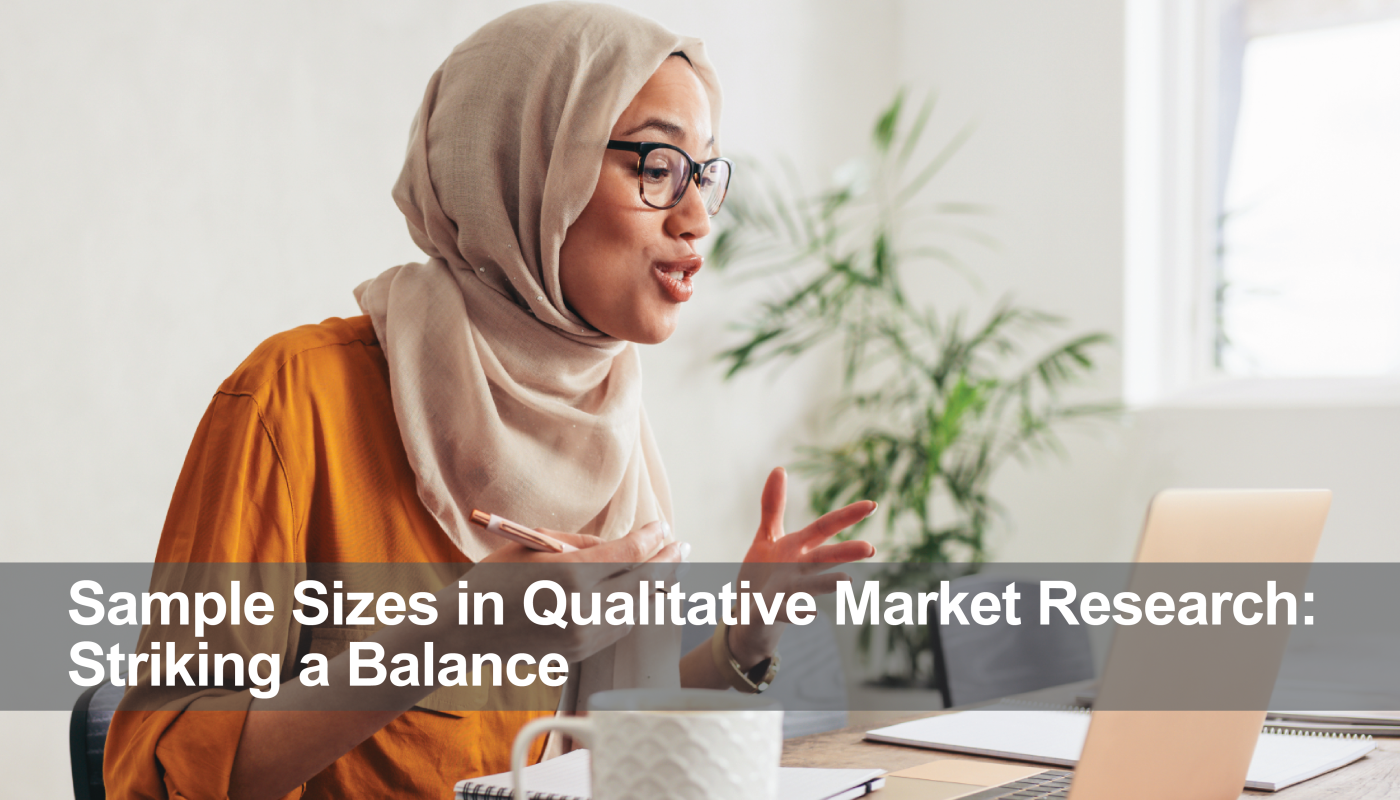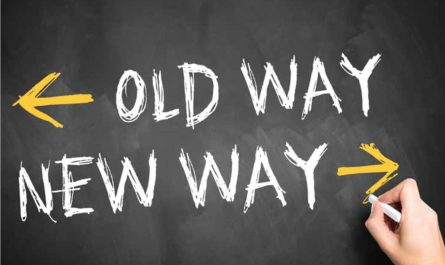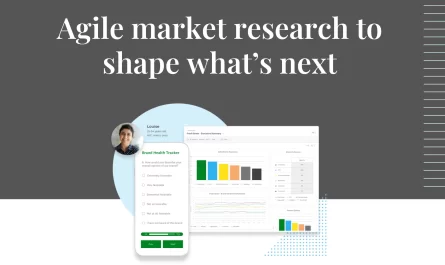Sample Sizes in Qualitative Market Research: Striking a Balance
Unlock qualitative market research success with optimal sample sizes. Learn to balance insights and data saturation effectively.
 If you’re diving into the world of qualitative market research, you might be wondering: “How many participants do I really need for my study?” Jump into various resources, and you’ll find a range of opinions. Some suggest that you need at least 30 participants for robust results, while others argue that even a solo participant can offer invaluable insights. Others even argue that you can’t possibly know how many participants you’ll need until analysis has begun.
If you’re diving into the world of qualitative market research, you might be wondering: “How many participants do I really need for my study?” Jump into various resources, and you’ll find a range of opinions. Some suggest that you need at least 30 participants for robust results, while others argue that even a solo participant can offer invaluable insights. Others even argue that you can’t possibly know how many participants you’ll need until analysis has begun.
While this article won’t give you a magic number (sorry!), it will equip you with the tools to make an informed decision tailored to your specific project.
Understanding Qualitative Market Research
First, let’s clarify what qualitative market research is and what it isn’t.
- Qualitative market research is not quantitative market research. While the two methods might be trying to climb the same mountain, we are approaching it from different angles. While market research can (and should) use plenty of quantitative data, qualitative data allows us to tap into the ‘why’ behind human thinking, helping us understand what motivates and drives people in their decision-making.
- On the flip side, qualitative market research is our golden ticket to tap into our customers’ minds. It’s the bridge that lets us incorporate customer viewpoints into our decisions. Whether testing ad campaigns, brainstorming novel products, or plotting out buyer behaviour, this research method enables us to truly empathize with our customers. By doing so, we not only grasp their actions but also the heartfelt ‘whys’ behind them.
Tailoring Your Sample Size to Your Research Goals
The specific aim(s) of your research plays a big role in deciding the number of participants you’ll need:
- For Broader Insights. If you’re looking to understand a group’s general needs, are just starting to explore a segment or market, or looking to build personas, a larger sample can help you capture a wider variety of perspectives.
- For Specific Feedback. When you have a clear goal in mind, like getting feedback on a product concept from a well-defined group or seeking to deep-dive into the purchasing behaviour of a well-known audience, it might make more sense to keep your participant pool more contained to get precise, actionable feedback.
The Role of Data Saturation in Qualitative Market Research
 Here’s a term that’s vital in the qualitative research world: ‘Data Saturation’. Imagine you’re filling a sponge with water. Initially, it soaks up everything, but eventually, it reaches a point where it can’t hold any more. Similarly, in research, data saturation is when you keep hearing the same feedback, indicating you’ve likely gathered all the insights that the group has to offer.
Here’s a term that’s vital in the qualitative research world: ‘Data Saturation’. Imagine you’re filling a sponge with water. Initially, it soaks up everything, but eventually, it reaches a point where it can’t hold any more. Similarly, in research, data saturation is when you keep hearing the same feedback, indicating you’ve likely gathered all the insights that the group has to offer.
Predicting when you’ll hit this saturation can be tricky. However, if you’re clear about who you’re studying (your segments), you’ll have a better shot at gauging it. For some well-defined groups, you might find that even 5-10 participants give you all the insights you need. In contrast, more exploratory studies might require a broader participant base.
Conclusion
While there’s no one-size-fits-all answer for the perfect sample size, understanding your research goals and being aware of concepts like data saturation can guide you toward a more informed decision. Research is as much an art as it is a science, so trust in the process, and you’ll uncover the insights you’re searching for.
Extra Reading
For those of you looking for further reading this topic, there are ample resources covering multiple perspectives on the complexity of sampling – here are some highlights below:
Sample Size for Qualitative Research
https://www.emerald.com/insight/content/doi/10.1108/QMR-06-2016-0053/full/html
Sample Size in Qualitative Interview Studies: Guided by Information Power
https://journals.sagepub.com/doi/abs/10.1177/1049732315617444
Can Sample Size in Qualitative Research be determined a priori? https://www.tandfonline.com/doi/abs/10.1080/13645579.2018.1454643
If you would like to hear more about the use of big data in qualitative research, check out the upcoming Qual360 Europe and North America editions. All quoted speakers will present live at the Qual360 North America edition on March 13&14 in Washington.














